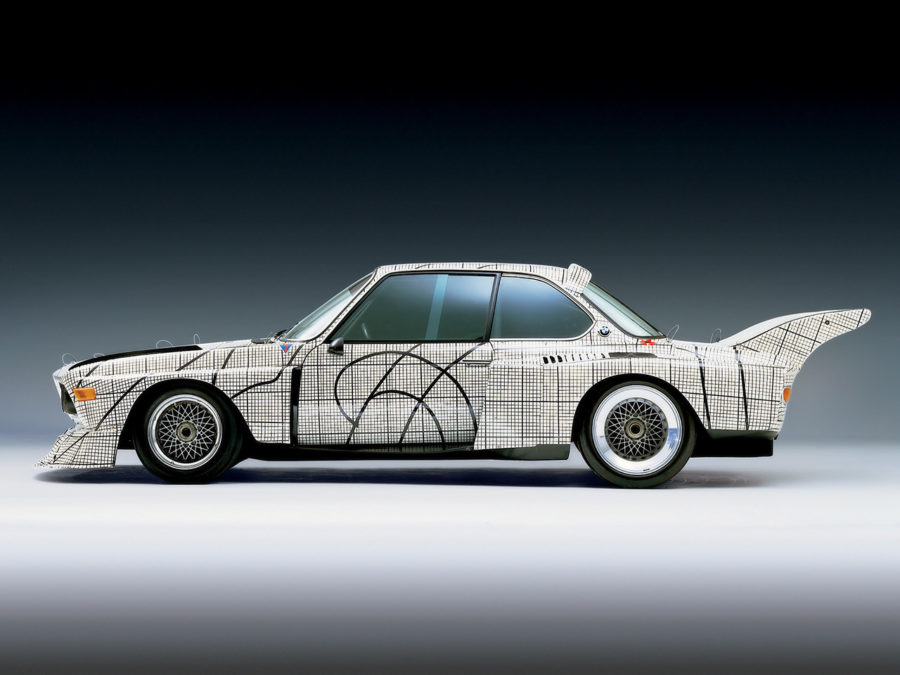1976 BMW 3.0 CSL
In 1976 this BMW 3.0 CSL shot around the race circuit at 300 km/h at the Le Mans 24-hour race which is nothing out of the ordinary for a BMW race car. What did stand out was the fact that it was a high-speed BMW Art Car designed by Frank Stella. The presentation of the world’s second Art Car generated immense anticipation as the art world was still under the spell of the first BMW Art Car.
These expectations were more than satisfied as Stella devised a black and white design based on oversize graph paper. Cut-out lines all over the bodywork intensify the geometric look of the car. Explaining the thinking behind his high-speed work of art, Frank Stella, born in 1936 said, “My design is a kind of blueprint applied to the entire body of the car.”
Gallery
Click any image below for larger view
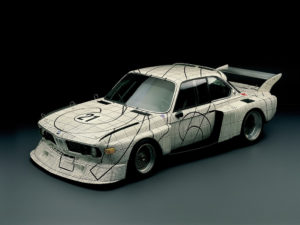
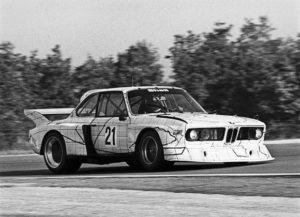
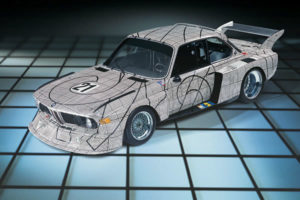
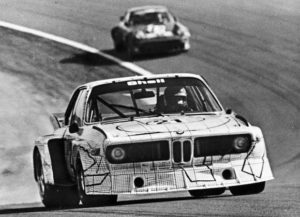
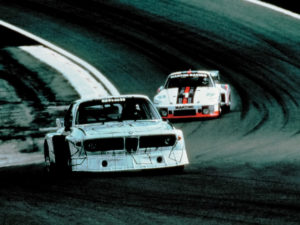
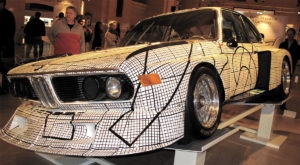
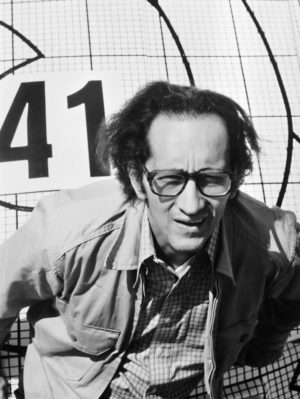
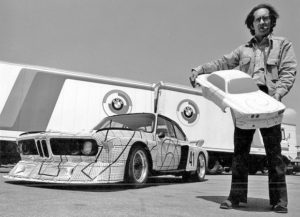
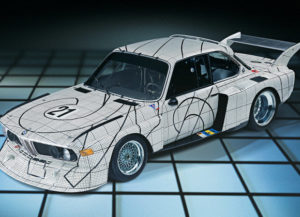
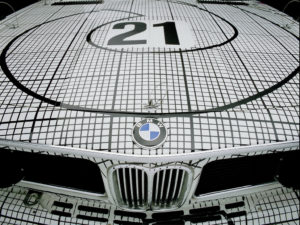
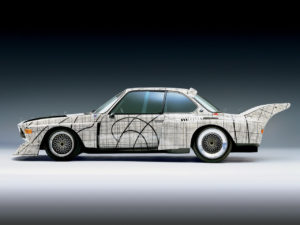
Frank Stella | USA
Born in 1936 in Malden, Massachusetts, Stella began studying art at the Phillips Academy in Andover at the tender age of 14, and went on to study history at Princeton. After this, he set up a studio in New York in which many of his much acclaimed “Transitional Paintings” and “Black Paintings” were produced.
An exhibition of his work was held at the Museum of Modern Art as early on as 1959. During this creative period, the influence of the abstract Expressionists is unmistakable. The “post abstractionist,” mostly large-scale pop art paintings he produced in the 1960s, are now art history.
Between 1960 and 1980, Stella exhibited throughout the world, while continuing to work as a teacher. From 1978 to 1980, a traveling exhibition took place in the USA showing a retrospective of his work. His subsequent creative works consist mainly of relief pictures.
1976 BMW 3.0 CSL
- 6-cylinder inline engine
- Turbocharged
- 4 valves per cylinder
- Twin overhead camshafts
- Displacement: 3,210 cc
- Power output: 750 bhp
- Top speed: 341 km/h
Frank Stella and the BMW Art Car
Fran Stella not only converts his ideas into various media with dramatic diversity — he is also a passionate motor racing fan. For this reason he was all the more determined to succeed as he set about the task of individually decorating a BMW coupe back in 1976.
While working on his draft version, Stella dissociated himself from his usual random style of a panting and sought inspiration from the car’s technical aura. The result: a black and white square grid with an evenness and precision reminiscent of oversized graph paper. Within this grid, pattern-like, dotted lines run across the bodywork, suggesting that Stella may have wished to cut out the car and reassemble it in a new shape.
“My design is like a blueprint transferred to the bodywork.”
— Frank Stella
The grid pattern — a feature of both Stella’s earlier and later creative periods — is often used by him as a kind of stage upon which a painted drama takes place. By way of contrast, the paintwork he created especially for the Le Mans race is not a stage, but the action itself. However, Stella was against any over-interpretation of his work. His own assessment was, if anything, reserved: “The resulting colored pattern should be regarded as agreeable decoration.”
Stella’s coupe took part in the 1976 24-hour race at Le Mans, but was not among the top finishers. After its debut, the car was entered for another race, this time for a Manufacturer’s World Championship event in Dijon, France. It was to be driven by Ronnie Peterson, a racing driver of international repute, and one of Stella’s friends. Peterson, however, was involved in a fatal accident during the Italian Grand Prix at Monza in 1978. In memory of his friend, Stella produced a series of paintings entitled “The Polar Co-ordinates for Ronnie Peterson.”
